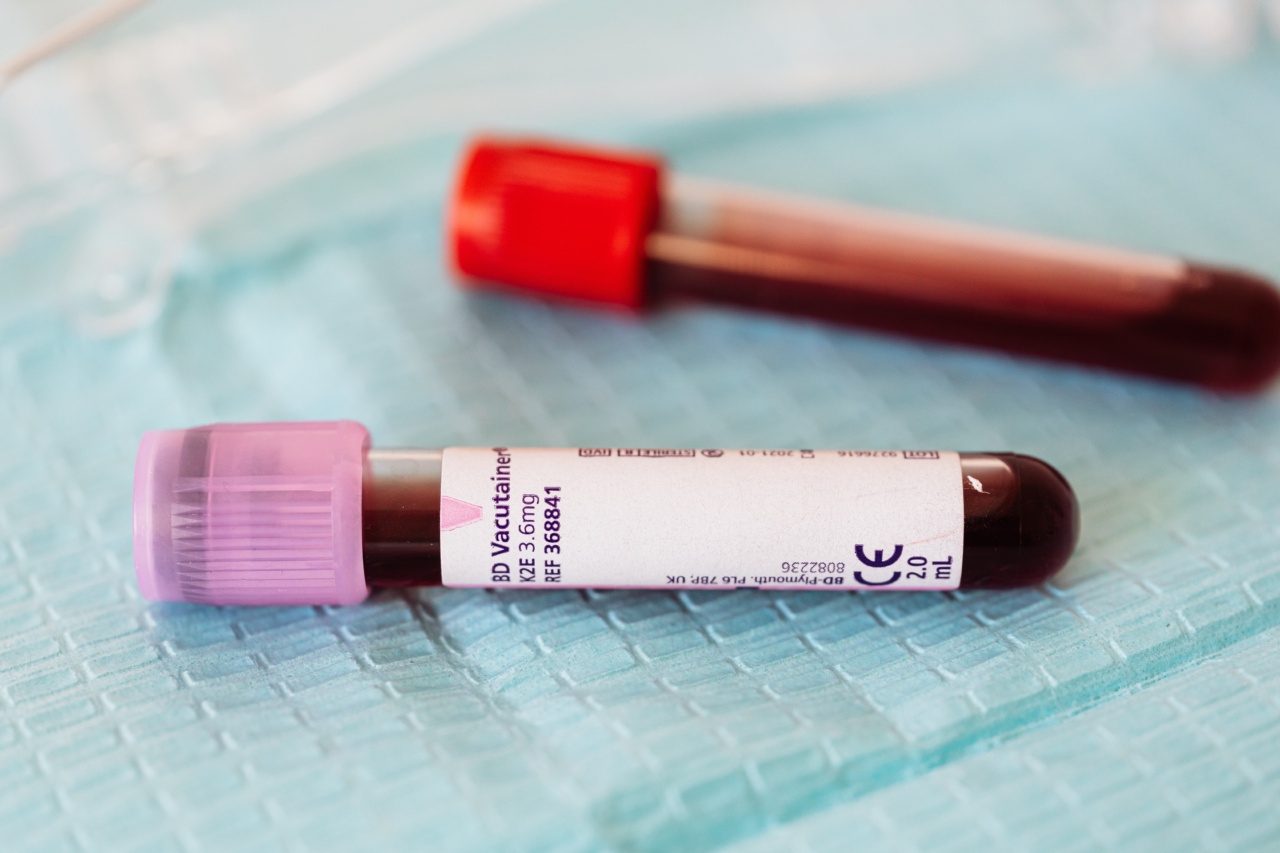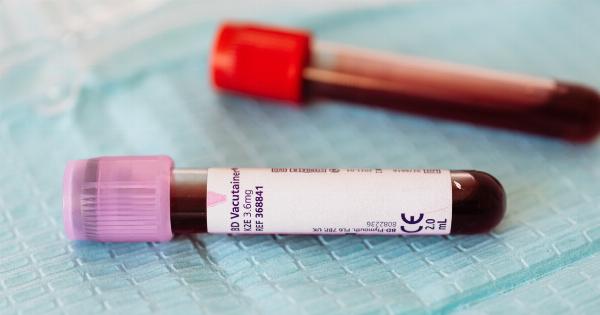Advancements in medical technology have led to the development of a rapid blood test that has the potential to significantly improve early detection and diagnosis of dangerous diseases.
This innovative diagnostic tool has the capability to detect a wide range of illnesses, including life-threatening conditions, within a remarkably short span of two hours. The implications of such a breakthrough are immense, with the potential to save countless lives and revolutionize the way diseases are diagnosed.
The Need for Rapid Diagnostic Tests
Traditionally, diagnosing diseases has been a time-consuming and complex process. Patients had to undergo a series of tests, often involving sending samples to specialized laboratories, and wait for days or even weeks to receive the results.
This delayed diagnosis not only caused anxiety among patients but also resulted in delayed treatment, leading to worsened health conditions and, in some cases, irreversible damage.
However, with the introduction of rapid blood tests, the landscape of disease diagnosis is changing. These tests are designed to provide quick and accurate results, allowing healthcare providers to promptly start appropriate treatment plans.
Additionally, these tests minimize the risk of false negatives or false positives, ensuring a higher degree of accuracy in the diagnostic process.
How Rapid Blood Tests Work
Rapid blood tests utilize advanced technology to detect the presence of diseases in a patient’s blood sample. The sample is typically collected through a simple blood draw, which is then analyzed using specialized equipment.
The tests work by identifying specific biomarkers, such as antibodies or antigens, which are indicative of disease presence.
Once the biomarkers are identified, the tests provide results within a remarkably short time frame of two hours. This rapid turnaround time allows healthcare providers to take immediate action and initiate appropriate treatment plans.
Moreover, the use of such tests in emergency situations can streamline the decision-making process, potentially saving lives.
The Range of Diseases Detected
The beauty of rapid blood tests lies in their versatility. These tests have the potential to detect a wide range of diseases, from common infections to life-threatening conditions.
Some of the diseases that can be detected using rapid blood tests include:.
1. Infectious Diseases
Rapid blood tests can detect various infectious diseases, such as influenza, malaria, HIV, hepatitis, and Lyme disease.
By quickly identifying the presence of these pathogens, healthcare providers can take immediate measures to prevent the spread and start timely treatment.
2. Autoimmune Disorders
Many autoimmune disorders, such as rheumatoid arthritis and lupus, can be diagnosed using rapid blood tests.
These tests measure specific antibodies that are produced in response to the presence of autoimmune diseases, enabling early intervention and appropriate management.
3. Cardiac Conditions
Cardiac markers found in the blood can indicate the presence of heart conditions, such as myocardial infarction (heart attack) or congestive heart failure.
Rapid blood tests aimed at detecting these markers can facilitate swift intervention, potentially saving lives and preventing further complications.
4. Cancer
Rapid blood tests are being developed to detect various types of cancer, including breast, lung, and prostate cancer. These tests detect specific biomarkers associated with cancer cells, allowing for early diagnosis and targeted treatment plans.
Benefits of Rapid Blood Tests
The advent of rapid blood tests in the field of disease diagnosis offers numerous benefits to both patients and healthcare providers. Some of the key advantages include:.
1. Early Detection
Rapid blood tests provide a means to detect diseases at the earliest stages, even before symptoms become evident. Early detection plays a crucial role in successful treatment outcomes, as it allows intervention before the disease progresses or spreads.
2. Prompt Treatment
With quick and accurate results, healthcare providers can promptly initiate appropriate treatment plans. This reduces the time between diagnosis and the start of treatment, improving patient outcomes and potentially saving lives.
3. Streamlined Healthcare Processes
The implementation of rapid blood tests can streamline healthcare processes, particularly in emergency situations.
The ability to quickly pinpoint the presence of dangerous diseases allows for rapid decision-making, leading to more effective and time-sensitive interventions.
4. Reduced Healthcare Costs
The expedited diagnosis provided by rapid blood tests can potentially lead to significant cost savings within the healthcare system. Early detection and timely treatment can prevent the need for more extensive and expensive interventions in the future.
Challenges and Future Outlook
While rapid blood tests hold great promise, they are not without their challenges. The development and implementation of such tests require substantial research, investment, and regulatory approvals.
Additionally, ensuring the accuracy and reliability of these tests is of paramount importance to avoid misdiagnosis and subsequent complications.
Despite these challenges, the future outlook for rapid blood tests remains positive. Continued advancements and refinements in technology are expected to further improve the accuracy, speed, and range of diseases detected by these tests.
With ongoing research and interdisciplinary collaborations, rapid blood tests have the potential to become a standard diagnostic tool in healthcare settings, transforming disease detection, and improving patient outcomes.
Embracing a New Era of Diagnosis
The introduction of rapid blood tests marks a significant milestone in the field of healthcare. These tests have the power to revolutionize the way diseases are diagnosed, offering early detection, prompt treatment, and improved patient outcomes.
With the potential to detect dangerous diseases within just two hours, rapid blood tests are a testament to the power of medical technology in saving lives and shaping the future of healthcare.




























